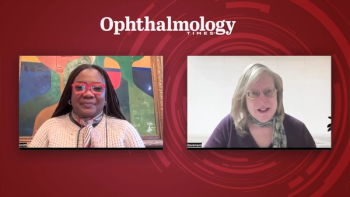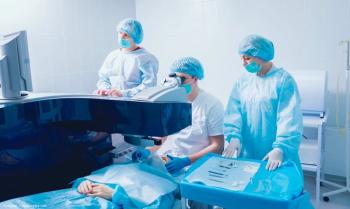
Wavefront-guided enhancement of highly aberrated eyes safe, predictable in study
Lisbon, Portugal - Preliminary data have demonstrated that VISX CustomVue wavefront-guided enhancement of eyes with high aberrations after a previous refractive surgery is safe and effective. Edward Manche, MD, described the retrospective analysis of 120 eyes of 102 patients Tuesday at the European Society of Cataract and Refractive Surgeons meeting.
Lisbon, Portugal - Preliminary data have demonstrated that VISX CustomVue wavefront-guided enhancement of eyes with high aberrations after a previous refractive surgery is safe and effective. Edward Manche, MD, described the retrospective analysis of 120 eyes of 102 patients Tuesday at the European Society of Cataract and Refractive Surgeons meeting.
One hundred nineteen eyes had undergone LASIK and one eye had undergone PRK. The preoperative spherical equivalent refractions ranged from –1.25 to 7 D. Eighty-four of the eyes reached the 3-month time point after the enhancement procedure.
Dr. Manche, who is from Stanford University School of Medicine, Stanford, CA, United States, reported that 3 months postoperatively, the mean spherical equivalent before the enhancement procedure was –1.12 D and decreased to –0.22 D (range, –0.75 to 0.75 D); 95% of the eyes were within 0.05 D of emmetropia and all patients were within 0.75 D of emmetropia. At the 3-month examination, 99% of eyes had an uncorrected visual acuity (UCVA) of 20/20 and 72% had an UCVA of 20/15. Wavefront analysis showed that the mean total higher-order root mean square error decreased from 0.40 µm preoperatively to 0.34 µm postoperatively by the 3-month examination.
“These preliminary data show that the VISX CustomVue wavefront-guided enhancement surgery is effective, safe, and predictable in highly aberrated eyes,” Dr. Manche stated.
Newsletter
Don’t miss out—get Ophthalmology Times updates on the latest clinical advancements and expert interviews, straight to your inbox.













































